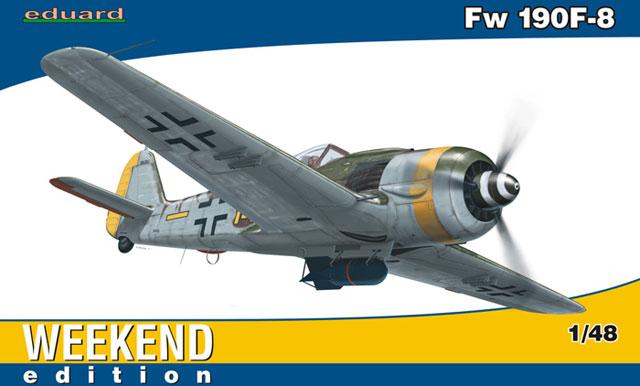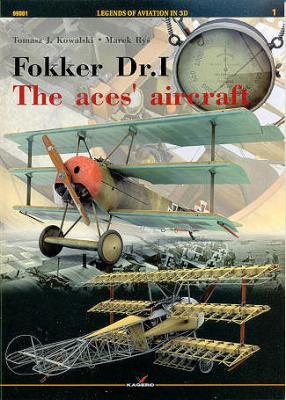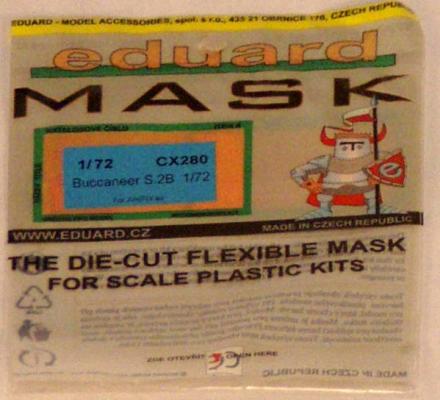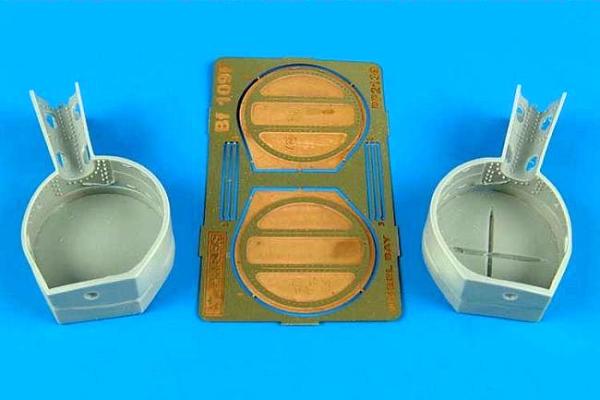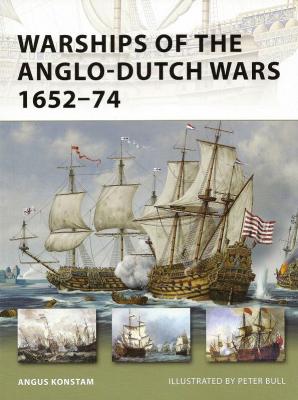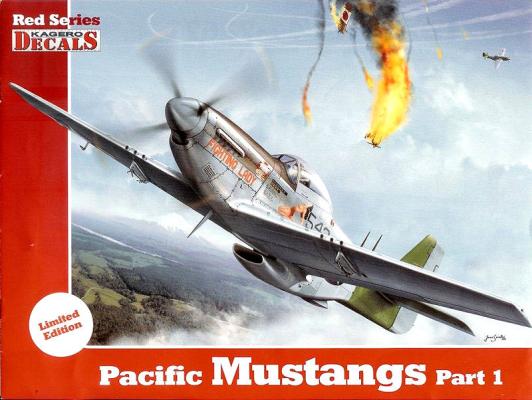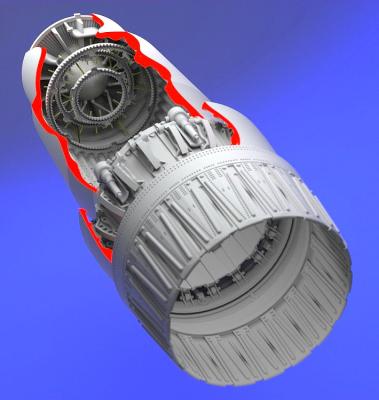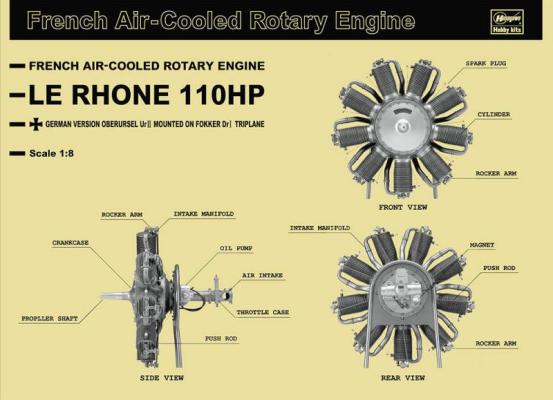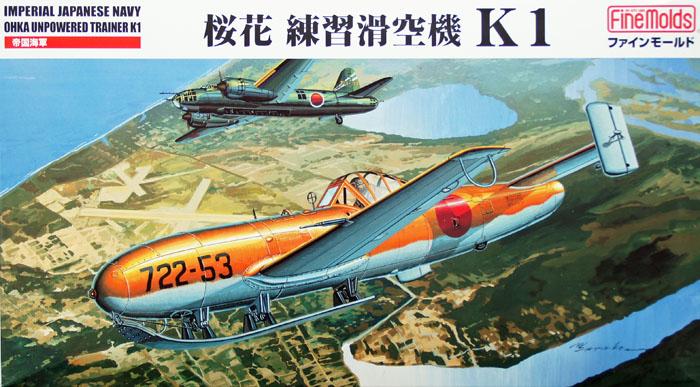History and Performance
The Fw-190 entered operational service in the summer of 1941 and immediately left its mark on aviation history. Over 20,000 Fw-190s were built in various series and saw service on all fronts during the war. The Fw-190A series was initially designed as a fighter/interceptor, but its performance fell off dramatically at higher altitudes. The Fw-190F-8 was designed as a ground attack aircraft and performed this duty remarkable well. The Fw-190 was also flown by the air forces of Hungary, Romania and Turkey.
See the Osprey publication “Production Line to Front Line Focke-Wulf Fw 190” by Malcolm V Lowe for a history of the design and combat of this aircraft.

